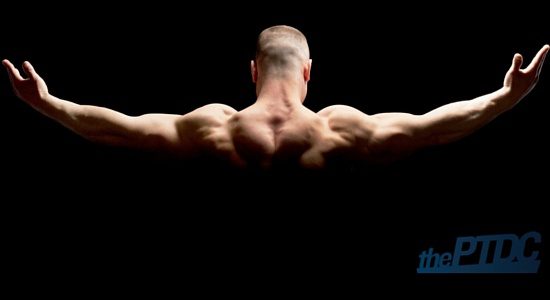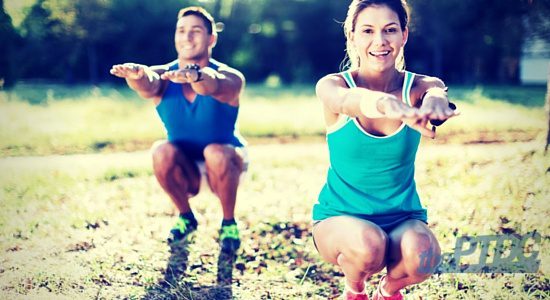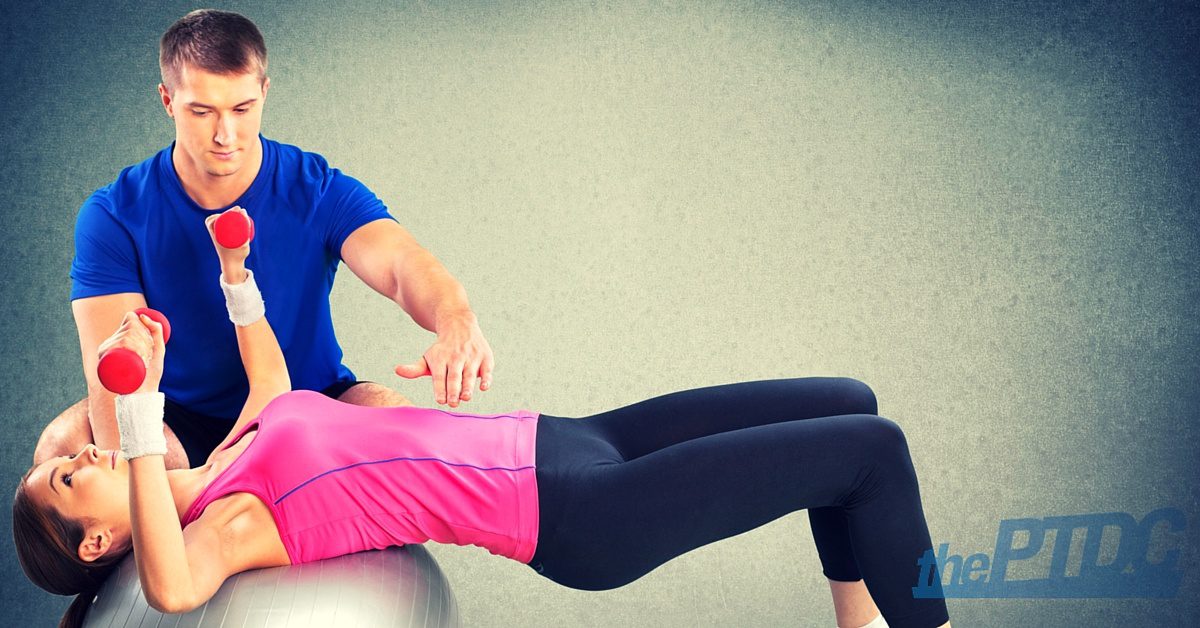When clients come to you, they most likely want to look and feel great, so we give them push, pull, and hinge exercises—you know, the big rocks.
But sometimes those standard multi-joint movements aren't enough. Many clients could be missing a whole world of training that can keep them healthy, as well as pain and injury-free.
I'm talking about corrective exercises.
Okay, you probably either lit up like a firework or rolled your eyes because you've heard it all before. Corrective exercise is a sort of buzzword. Some trainers may even think, "Damn, all of my clients and athletes are broken" and try to fix them all. They're not necessarily broken. More than likely, clients can move in a better, more optimal manner with corrective exercises.
Now when I think of corrective exercises, I think of mobility drills, activations, dynamic stretches, and breathing drills.
In other words, the goal isn't to "fix" your client per se, but to make them "better movers."
 When they move better, they are going to be healthier, be in less pain, and be stronger. In the end, that is the real goal (beyond the superficial strength and weight loss goals they may have).
When they move better, they are going to be healthier, be in less pain, and be stronger. In the end, that is the real goal (beyond the superficial strength and weight loss goals they may have).
Thus, we need to make sure we can meet what our clients want with what we think they need.
Assess the situation
It's important to remember that you're not being paid to have someone do corrective exercises the entire time. You need to figure out why you want to correct your client's movements in the first place.
There could be any number of reasons, including:
- Eliminating weak points: Sure, you can just get the client stronger overall, but this might potentially build strength on top of more dysfunction. Rather, we should build strength and have them lift to the best of their abilities.
- Activating muscles: It is possible that certain muscles may not be firing how they should, or some that are inhibiting their movement. This makes for sub-optimal movements and can lead to sub-optimal lifts.
As you can see, corrective exercises are meant to help people move and exercise better.
How to program corrective exercises
Here I'd like to quote the great Dan John:
"The goal is to keep the goal the goal."
For us, the goal of corrective exercises should be to never have to do them with your client again. We want good movement patterns to be ingrained in their movement plans, but we already talked about how that might not be what our client wants. So how do we go about playing that balancing act? Here are some things to keep in mind:
- Prime the pump: You can program corrective exercises at any time, such as during a dynamic warmup, during the workout itself, or even once the workout is done.
- Prioritize during the session: There are certain dysfunctions that we want to correct or improve. In fact, when first meeting with a client and going through the assessment, we may see ten different things that we want to "fix." Instead of focusing on all, pick one or two things that you think are of utmost importance.
- "Just a dash" is enough: Avoid overloading the client with these drills. The most important aspect to programming correctives is to avoid exhausting your client's body. You want just enough, or "just a dash," to get an adaptation or activation.
- Your client must have intent and focus: When it comes to mastering the corrective exercise, the client needs intent and focus on what they're doing. The more they do this, the sooner they'll own it.
- Give your client homework: Obviously, your clients can't be with you every second of every day. So you may have to give them homework to do. Maybe give them a few activations or SMR homework to do. Or you could tell your client to simply be more conscious of his or her body position throughout the day, as in try to notice the small things they do when they sit (do they slouch?) or stand (do they shift to one side?).

In addition to all of this, remember that the big lifts will still always make up the meat and potatoes of our programming. After all, compound movements make for more efficient exercises in terms of getting stronger, losing fat, etc.
With that said, the most successful coaches consider things like alignment, breathing, control, and mobility into how they program movement patterns (e.g. pushing, pulling, squatting, and hinging).
In terms of what correctives to program, relate it back to your client's assessment:
- What do they need?
- What do they need to release?
- What do they need to activate?
- Do they possibly need a different cue?
From there, think about "layering" when it comes to exercise selection. That is, everything that a particular client does in his session should relate back and build on top of other exercises, even on the same training day.
For example, setting your shoulders and upper back on a deadlift comes back when you do an ab rollout or farmer's carry, and the overall position of the deadlift can transfer to a bent-over row. I've even gone as far as having clients corkscrew their feet into the ground on a Pallof press to relate it back to the squat.
All in all, a typical session may progress in this order:
- 1A Main Lift
- 1B Corrective/Mobilization/Activation
- 2A Secondary Lift
- 2B Anti-Movement Core Bracing/Corrective
- 3A-D Accessory Movements
- 4A Conditioning/Density
I like to hit a big upper body movement followed by a big lower body movement, then play around with accessory movements. It can be density training, where you're constantly moving and trying to do the most amount of work in a certain time frame (EDT, or escalating density training, comes to mind); or straight accessory lifting to build up work capacity and strength for your client's bigger lifts.
Overall, it largely depends on the goal of your clients.
Corrective exercises can simply be an addition to their program to improve their current movements and exercises. Blend what your clients want or what their goals are, with what you see in their movement patterns and what you think they need. After all, if you're able to help them move more effectively, more efficiently, and without (or even the risk) of pain, you'll look like a wizard.
If you want to learn more about corrective exercises, I recommend Dean Somerset's Post Rehab Essentials 2.0. In addition to studying as an LMT, this was an invaluable resource. NASM and PRI can also be great resources. Plus, the more you work with people, the more you'll see certain patterns arise.
Recommended reading for you:










